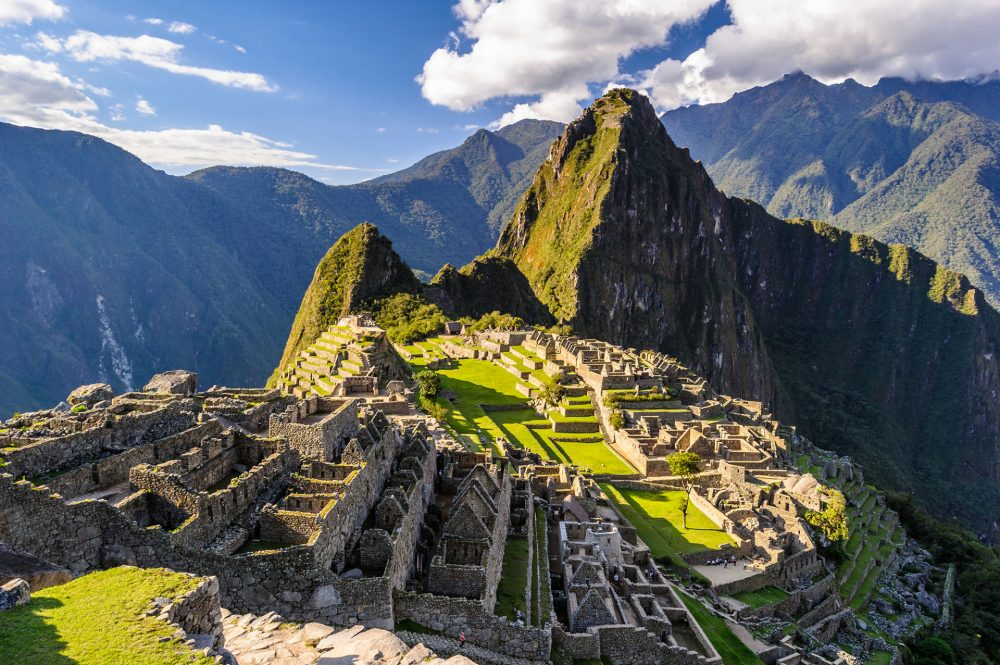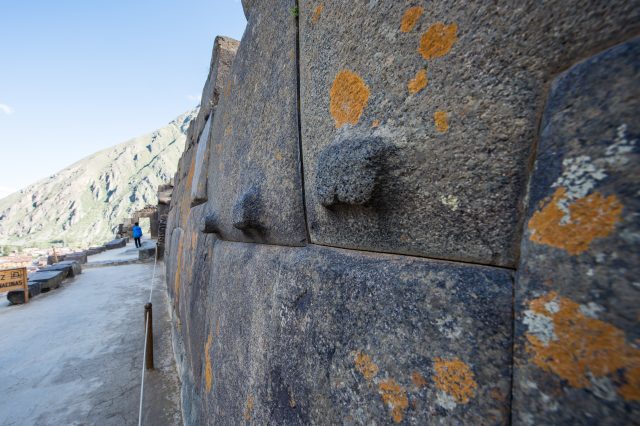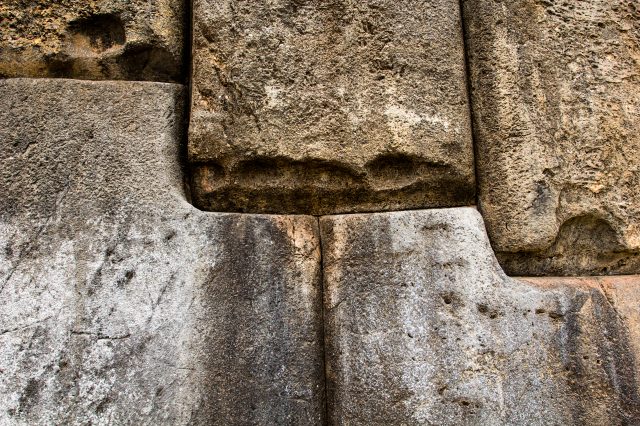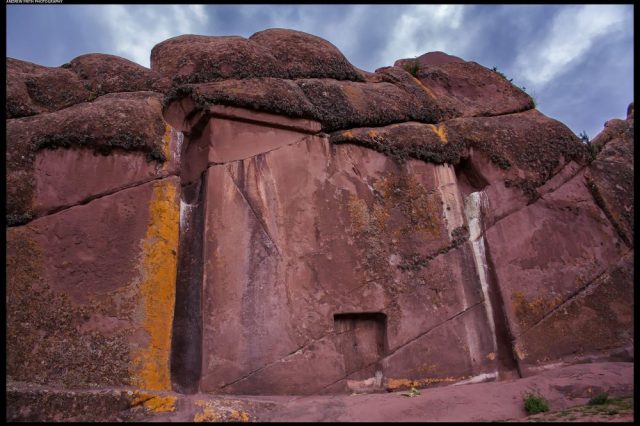There is not a person in the world that has not heard of Machu Picchu but have you heard of the ancient cities of Ollantaytambo and Sacsayhuaman, for example?
The territory of today’s Peru is dotted with the two most important things for a tourist – breathtaking nature and countless ancient locations, monuments, and megaliths, whose existence is still a mystery to historians. Add the unique Peruvian cuisine, and you have everything you need for an unforgettable vacation. We want to give you a little more knowledge about the magnificent ancient sites in Peru because Machu Picchu may be the most important tourist destination, but it is far from the only one.
1. Sacsayhuaman

Sacsayhuaman is an ancient fortification built of stone walls, located on the outskirts of Cusco and not far from Machu Picchu. It may not be among the grandest ancient sites in Peru, but it deserves a visit and has given historians much information about the ancient Incas. The site includes a series of three walls made of zigzagged rock blocks of over 200 tons. Given its age and high seismic activity, the monument is in surprisingly good condition. Only the upper parts of the walls collapsed to some extent due to the attempts of the Spaniards to build churches.
Shrouded in mystery
Scientists believe ancient catacombs were used as connecting passages in the area around the monument or, more precisely, below it. Perhaps there lies the mysterious disappearance of the Incas during the Spanish invasion. Like most Inca structures, Sacsayhuaman was built of huge stones that clung tightly together. We still have no explanation for how the Incas (and most ancient civilizations) built such precise buildings from such huge stone blocks. Another mystery is why the building forms the shape of a cougar’s head, which is only visible from the air, given that no aircraft existed at the time.
2. Ollantaytambo

Ollantaytambo is located at an impressive 3,000 meters and is the remains of an Inca settlement, including numerous terraces scattered on the valley’s slopes. It is one of the greatest ancient sites in Peru and a clear example of the genius of the Incas. The main attraction here is the temple complex located on a high rock. It, like Saxahuaman, is also called a fortress, but this name is incorrect – the Incas did not build settlements fortified with walls and defensive towers.
Their natural protection was nature itself, as the Incas lived in the mountains and used the hard-to-reach slopes and cliffs for their key points. Ollantaytambo is located on such a rock, rising above the Sacred Valley at about 60 meters. The sacred valley leads to Machu Picchu. Only one narrow stone staircase leads to the top, at the ends of which is a cascade of 17 agricultural terraces. In 1536, the Spaniards tried to conquer Ollantaytambo, but a storm broke out, and Hernando Pizarro’s detachment quickly retreated, barely avoiding destruction.
Temple of the Ten Niches
This attempt to conquer Ollantaytambo was the only one, but for a long time, it left in the memory of the Spaniards the unwillingness to repeat such a feat. However, this is not the main and interesting thing in the history of Ollantaytambo. The most curious is the remnant of a giant structure at the very top of the rock. These remains are called the Temple of the Ten Niches.
The building itself has not been preserved. Only the front south wall is in good condition, consisting of six huge monoliths of pink porphyry – a material that is not inferior in hardness to granite. Ancient legends claim it was built by an ancient civilization of giants that inhabited the area until it became a victim of terrible natural disasters. Here, as in Sacsayhuaman, the polygonal technology of assembling the giant blocks is very surprising.
When was it built?
It does not use a binder solution, and the monoliths weighing tens of tons are processed so that the artfully cut protrusions and depressions of the adjacent blocks enter each other as details of a children’s constructor. Official history says that the Ollantaytambo temple complex was built by the Incas in the mid-15th century, during the reign of Pachacuti Inca, the most successful and energetic ruler of the Inca Empire. However, the Spanish invasion prevented the Incas from completing construction. And what they failed to finish was destroyed. This is evidenced by several dozen granite blocks weighing ten tons or more, scattered on top of the hill, at its foot, and on the road leading to the quarry.
3. Chan Chan
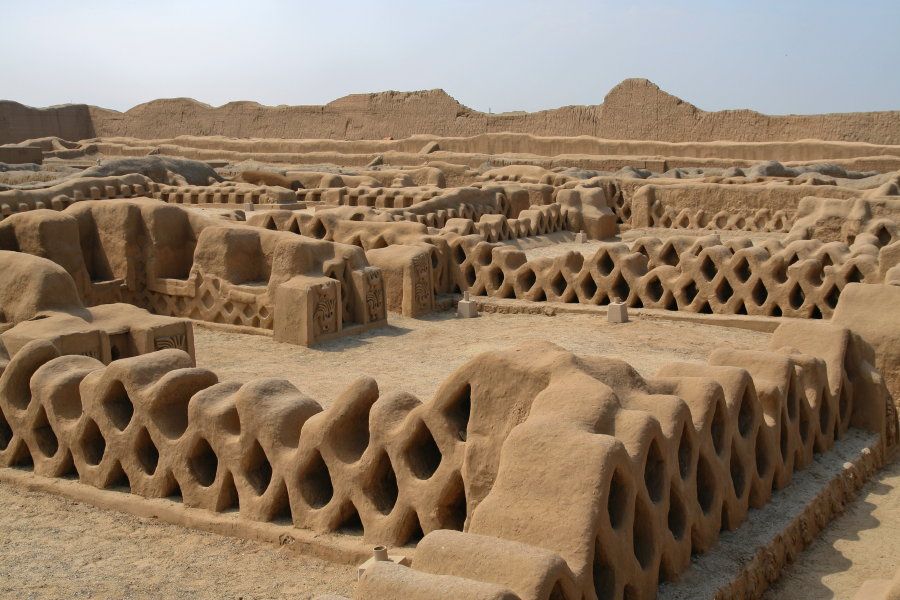
Unlike other places on this list, Chan Chan is not considered to be the work of the Incas. Nevertheless, it is one of the most important ancient sites in Peru. Located off the Pacific coast of Peru, Chan Chan was the largest city in South America before Columbus came to the continent. Today it is the largest city in the world built entirely of clay. Chan Chan was the capital of the ancient Chimu civilization. It was built around 850 and existed until its conquest by the Incas in 1470.
Inhabited by about 60,000 people
During its heyday, Chan Chan stretched over 20 square kilometers and was inhabited by about 60,000 people. The city has nine large rectangular buildings surrounded by clay fortress walls. Thousands of buildings are located within these walls, including temples, homes, warehouses, tanks, and burial platforms. The walls of the buildings are decorated with relief carvings representing abstract motifs and animals. Outside these nine rectangular buildings are craft workshops for woven products, gold, and silver.
A looted treasure
Unfortunately, Spanish treasure hunters had already looted the city centuries before archaeologists became the main excavations. South of Chan Chan is an agricultural area irrigated with a complex system. The city was created in one of the dryest coastal deserts in the world, where the average annual rainfall is very small. This desert air allowed the city’s clay structure to be preserved to this day. Ironically, due to changes in the weather, Chan Chan is now threatened with being washed away by torrential rains.
Join the discussion and participate in awesome giveaways in our mobile Telegram group. Join Curiosmos on Telegram Today. t.me/Curiosmos

